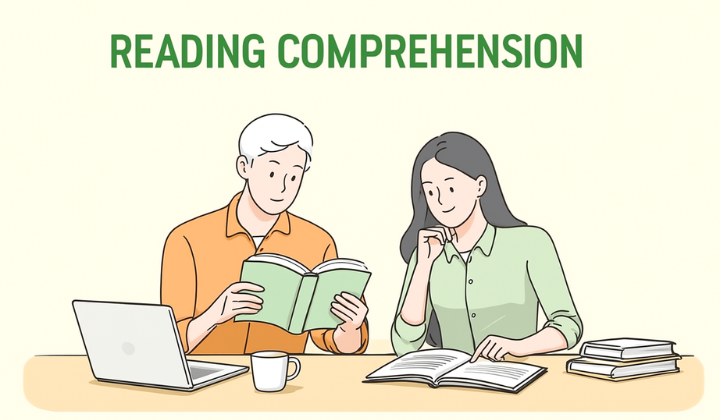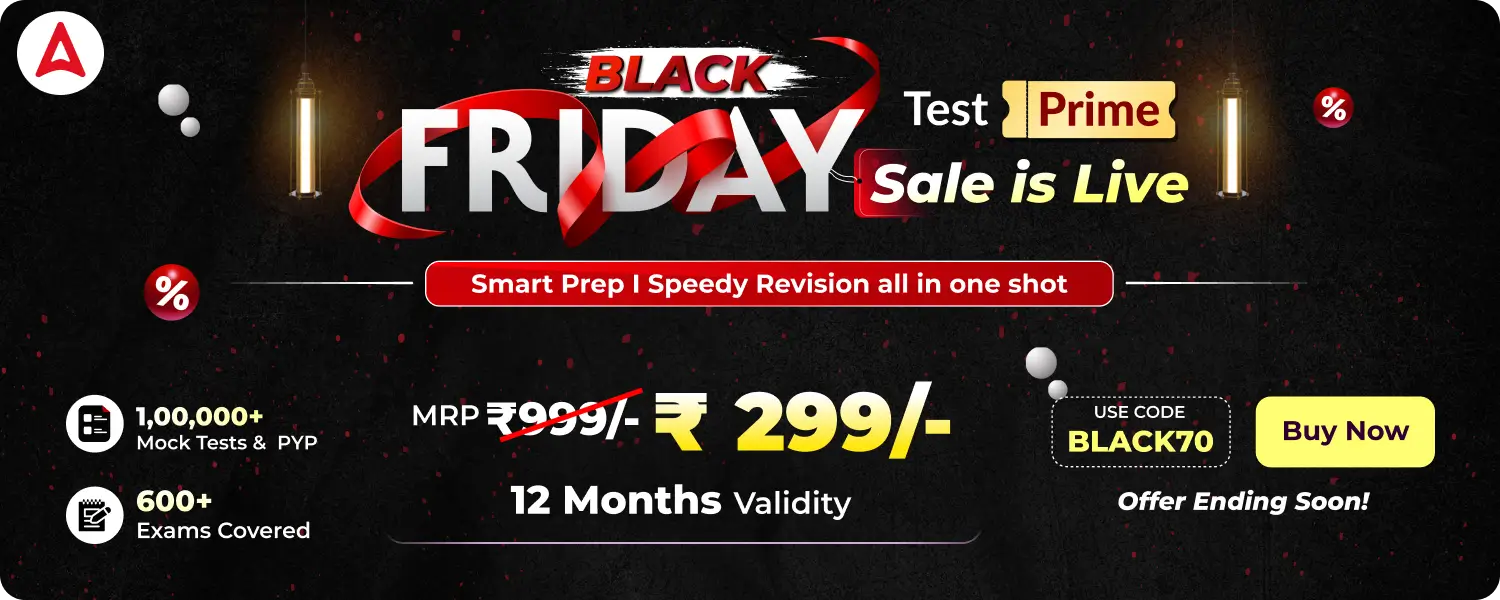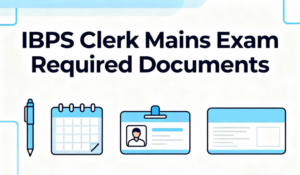Reading comprehension is one of the most important skills for students, competitive exam aspirants, and anyone who wants to improve their communication abilities. For beginners, however, reading can feel slow, confusing, and overwhelming. The good news is that with the right techniques and consistent practice, anyone can read faster while understanding the text better. In this guide, we break down simple strategies to help beginners build speed, boost comprehension, and develop confidence while reading.
Reading Comprehension for Beginners – How to Read Faster
Reading Comprehension for Beginners – How to Read Faster involves developing simple yet effective habits like avoiding word-by-word reading, practicing skimming and scanning, improving vocabulary, and minimizing subvocalization. Beginners should start with easy passages, focus on understanding the main idea, and use a finger or pen to guide their eyes for better speed and flow. With daily timed practice and reduced re-reading, reading speed naturally improves while maintaining strong comprehension.
1. Start with Simple and Familiar Content
Beginners should always start with easier passages stories, news articles, or basic level RCs before moving to complex topics. Reading simple content helps you build vocabulary, improve sentence understanding, and gain confidence without feeling stuck.
2. Avoid Reading Word-by-Word
One of the biggest mistakes beginners make is reading every single word. Instead, try reading in phrases or small chunks. Your eyes should move smoothly across the line, not jump at every word. This reduces eye strain and significantly increases reading speed.
3. Improve Your Vocabulary Step-by-Step
A strong vocabulary makes reading easier and faster. When you know more words, you spend less time guessing meanings. Make a habit of noting down 3–5 new words daily, learn their usage, and revise them often. Over time, you will naturally read faster.
4. Stop Subvocalizing
Subvocalizing means silently “saying” each word in your head while reading. This slows you down. Try to shift your focus from pronouncing to visualizing the meaning. Use a pen or finger to guide your reading pace and reduce inner speech.
5. Use a Pointer to Increase Speed
Using your finger or a pen to guide your eyes across lines helps maintain flow and prevents unnecessary backtracking. This simple trick can instantly increase your reading pace by 20–30%.
6. Identify the Central Idea First
Before jumping into details, try to understand the main idea of the passage. Read the first paragraph carefully and skim the rest quickly to get an overview. Once you know the theme, the remaining paragraphs become easier to read and absorb.
7. Practice Skimming and Scanning
-
Skimming: Quickly glance through the passage to understand the main idea.
-
Scanning: Look for specific information like names, dates, or keywords.
These techniques help you save time while maintaining good comprehension.
8. Reduce Re-Reading (Regression)
Beginners often go back and re-read lines unnecessarily. This breaks momentum and wastes time. Instead:
-
Read at a steady pace.
-
Trust your understanding.
-
Only re-read when absolutely needed.
9. Time Your Reading Practice
Set a timer for 5–10 minutes and try reading as much as you can while maintaining comprehension. Consistent timed practice trains your brain to read faster naturally.
10. Practice Daily for Best Results
Like any other skill, reading speed improves with daily practice. As a beginner, commit to reading at least 20 minutes a day articles, books, editorials, or RC passages. Over time, your speed and understanding will noticeably improve.



 Documents Required for the IBPS Clerk Ma...
Documents Required for the IBPS Clerk Ma...
 Bank of Baroda Apprentice Recruitment 20...
Bank of Baroda Apprentice Recruitment 20...
 IBPS Clerk Mains Time Management Tips fo...
IBPS Clerk Mains Time Management Tips fo...







